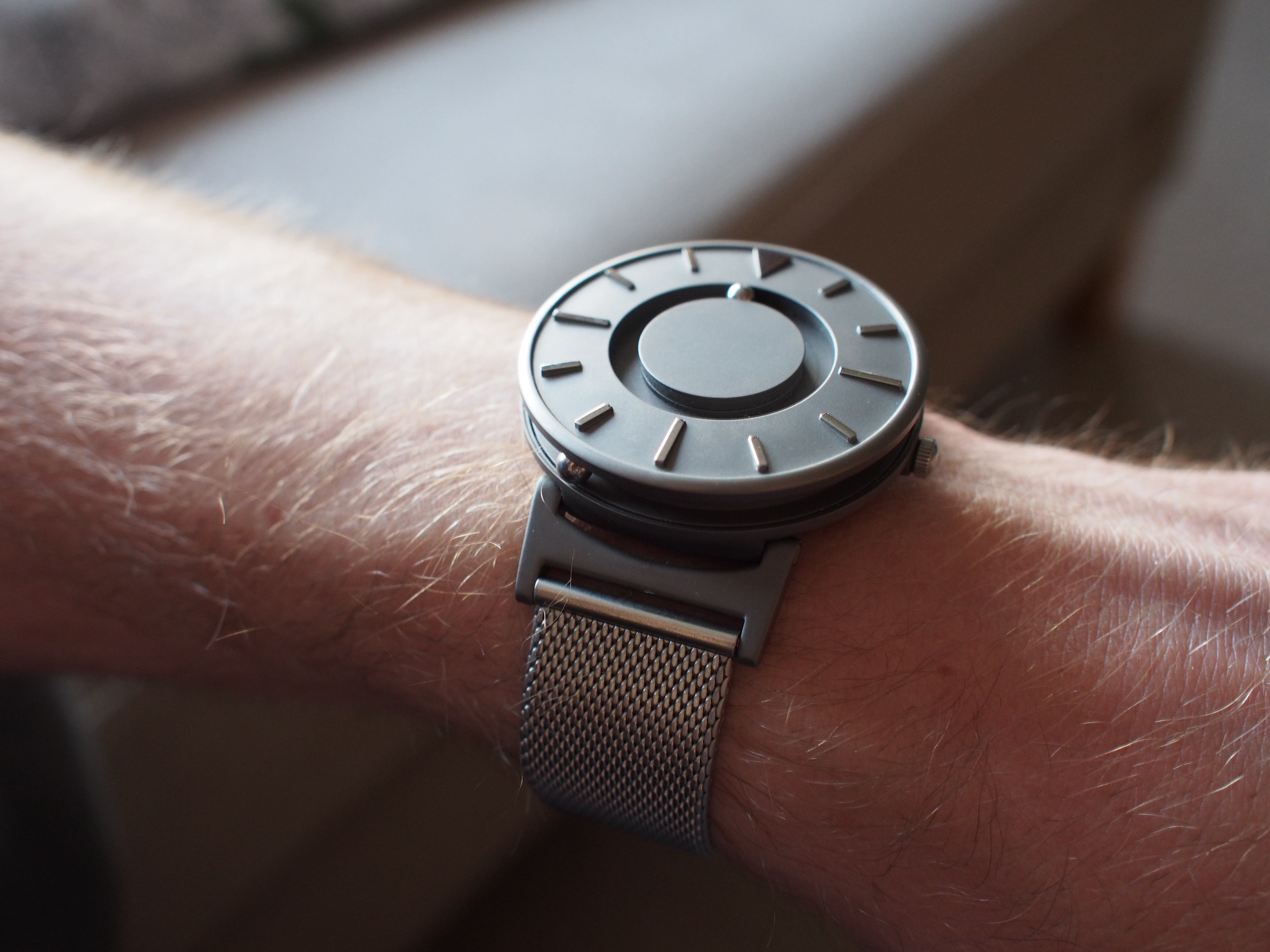For first time guide runners the thought of guiding someone who cannot see can be scary. Essentially guide running is not difficult, you just have to do what you would normally do while running, be aware of your surroundings. The only difference is you have to account for being at least as wide as yourself and the person you are guiding.
This means any obstacles you would normally avoid, be it a post, tree branch, another runner, all need to be avoided, by taking into account your fellow runner. Of note, is that your fellow runner may be slightly taller than you, so watch out for branches that you may normally avoid!
The other key element is communication, note when you are going to move to avoid an obstacles, and highlight serious dips or raises in the running path. Kerbs and tree roots have to be avoided, this is something that is best worked out ahead of time. For example, do you count down 3, 2, 1, dip, or just say dip! I have found in the past for myself, my guide saying “next step” is enough to forewarn me of a drop in a kerb or a tree root.
Tethering – this also comes down to personal preference. Some visually impaired runners may prefer to be tethered to their guide. This can be by a physical tether that both runners may hold, such as a shoe lace, or simply the visually impaired runner touching the guides elbow. Personally, I rarely tether, instead I can quite accurately track my guide by just running along side, when things become difficult I do reach out and touch my guides elbow.
The overall key is two way communication, the visually impaired runner has to tell you what they personally need to guide, and the guide, needs to give feedback about the surroundings. It is quite simple being a guide, and good communication can make is seem like you are just out running with a friend. People who run with me often forget they are guiding, as after a while it can become quite natural.
Below are a few questions from a guide runner, to give a sense of some common worries.
What if we fail to communicate and you are injured?
Injuries and mistakes happen. As a sighted runner stumbling or bumping into things happens. So as a visually impaired runner I am comfortable with the fact that now and again something will go wrong. This is perfectly fine, its just part of running! If it is a total collapse of communication that causes the problem, this is perhaps a time to have a quick chat on how communication could be improved to reduce mistakes in the future. This has happened to me with a few guides, and it was just a case of working out simpler and faster ways to communicate.
How much do we communicate
Very little, I just need to know which way to move to avoid something and if there is an obstacle underfoot, or the path narrows so I may need to drop behind. Simple and effective is key!
Is there such a thing as too much communication
Yes, I do not need to know all the details of my surroundings, for example, that I am passing a house with a red door, or what type of asphalt I am running on. However, if the guiding instructions are effective, there will be plenty of time to have a pleasant chat, like you would with any other runner. I generally end up having standard chit chat while running with guides, as that is what a sighted runner does, when running with friends.
How do i know if you are happy with my guiding
If you are turning up and helping me I will be happy with your guiding! Beyond that point it is about communication, if I feel I needed more assistance at a particular point, then I have to communicate that. If you are not providing enough information or too little, again it is up to me to tell you.


